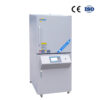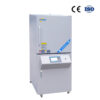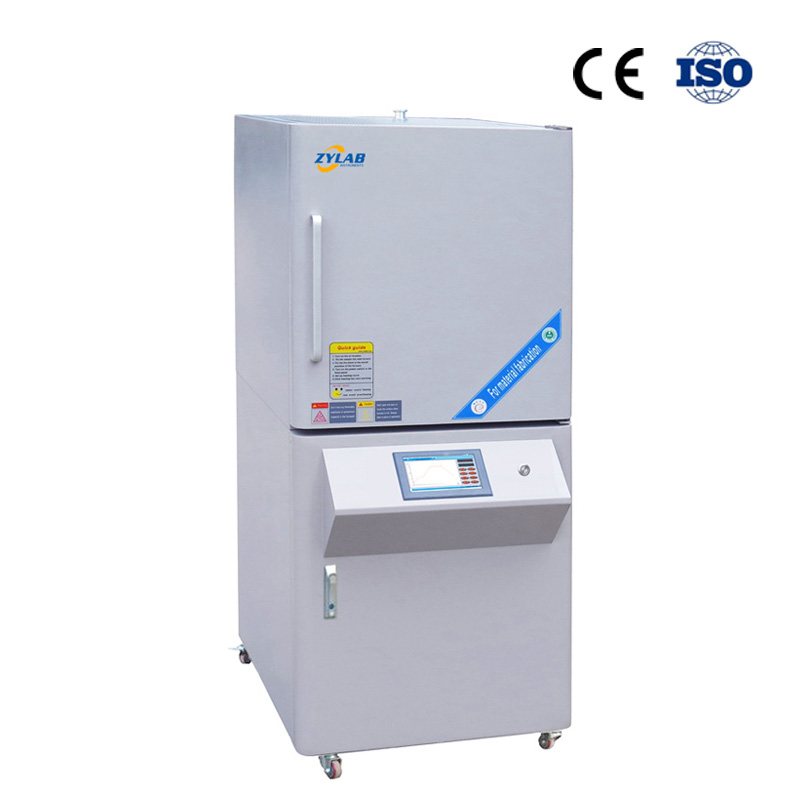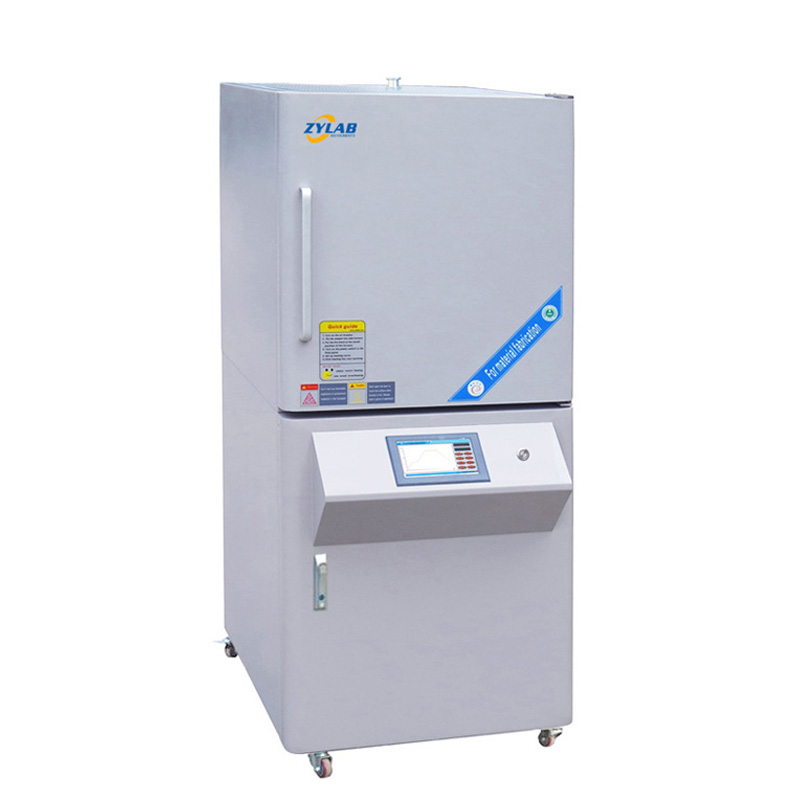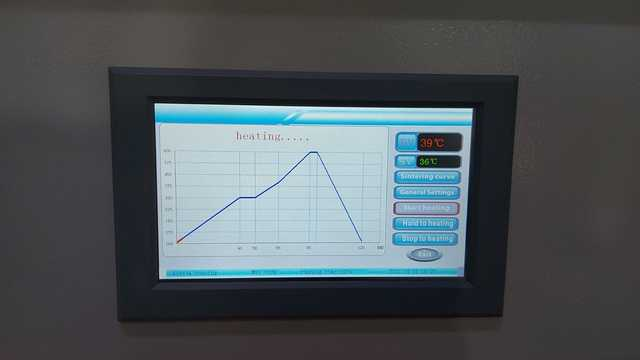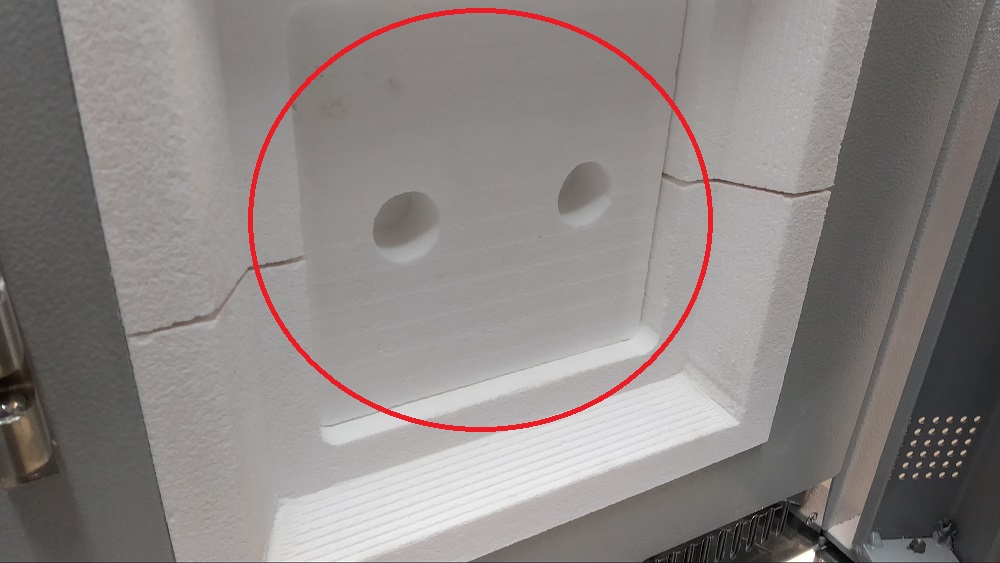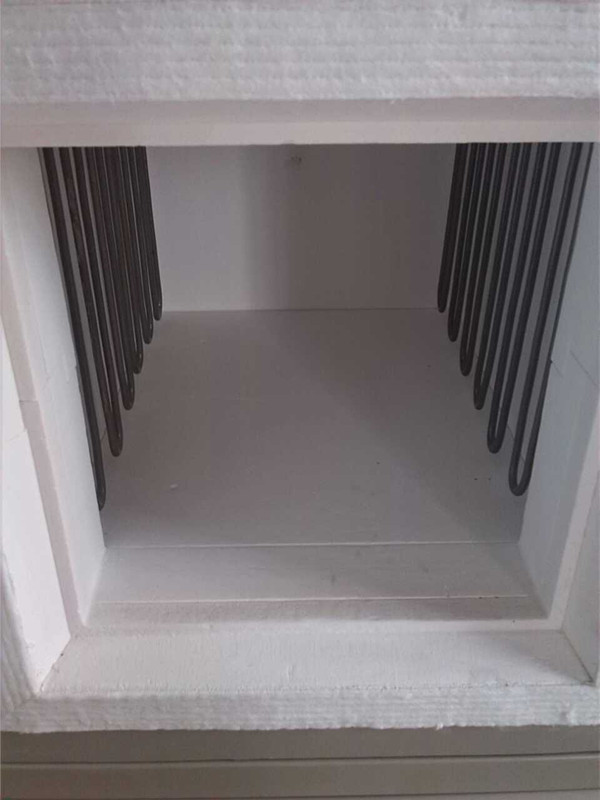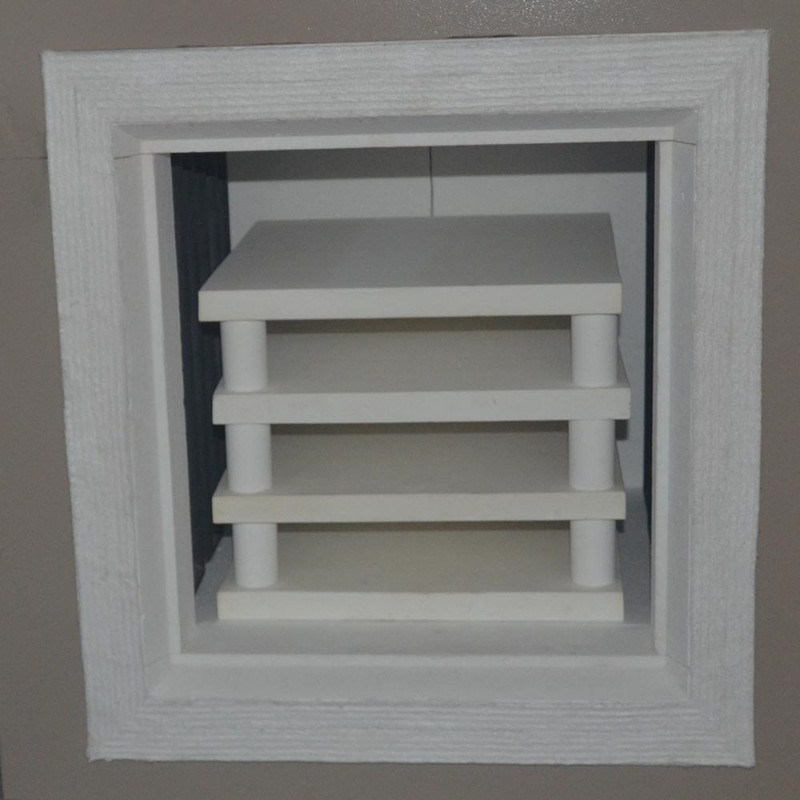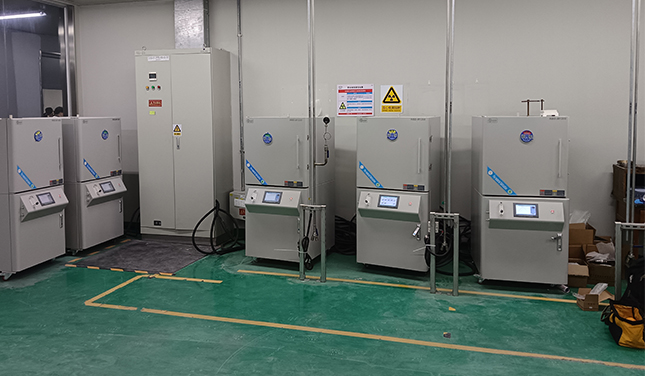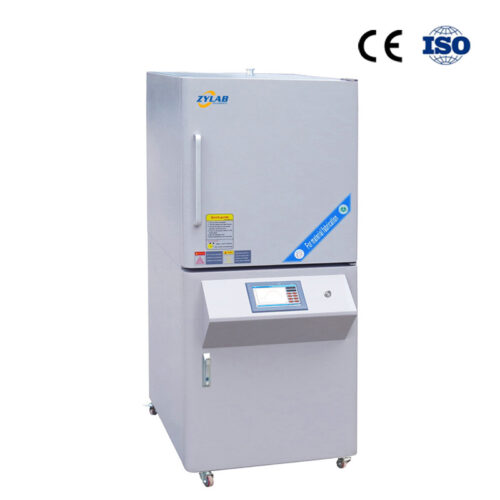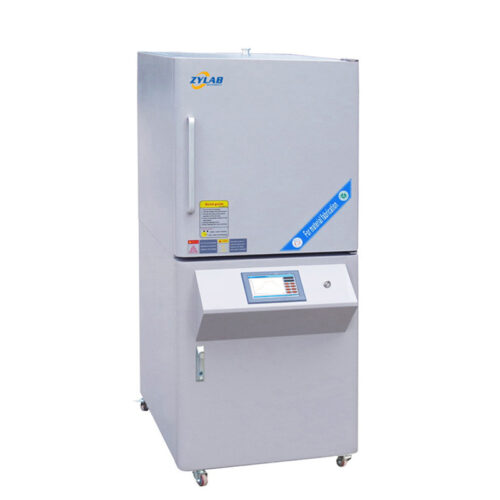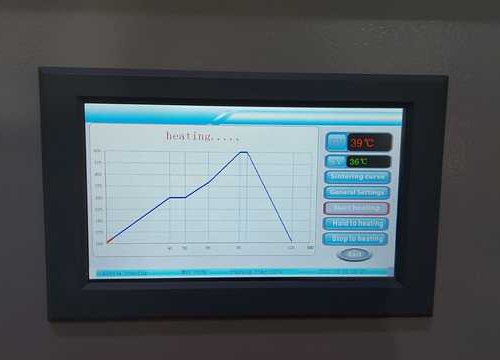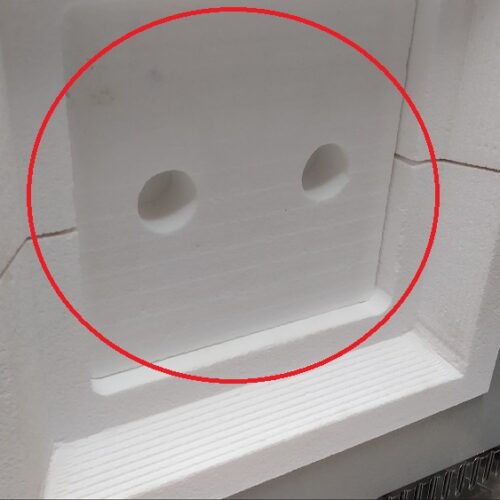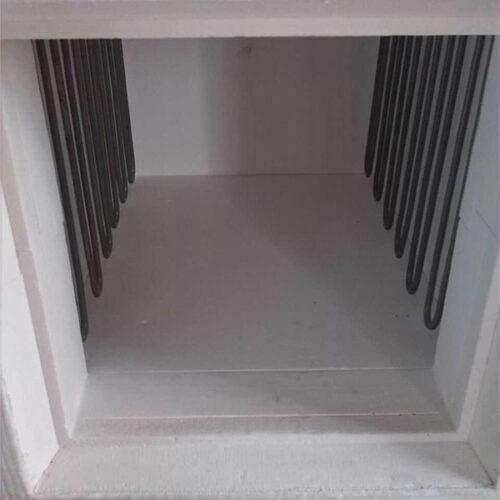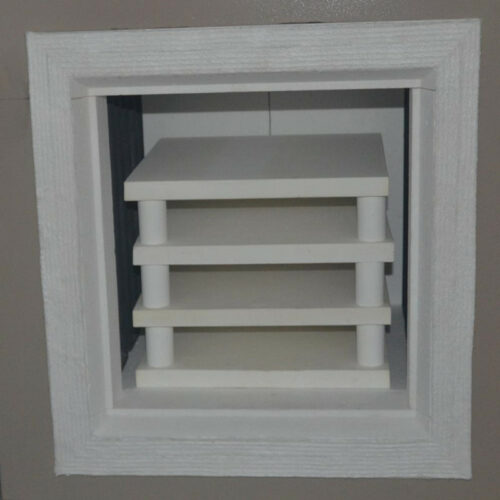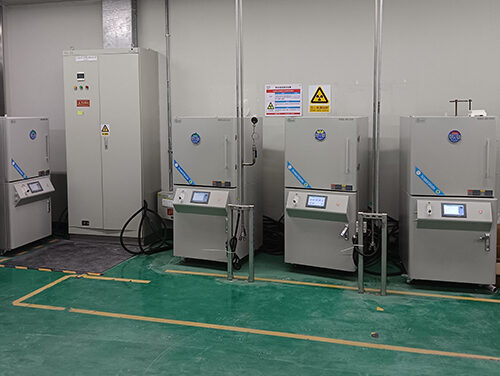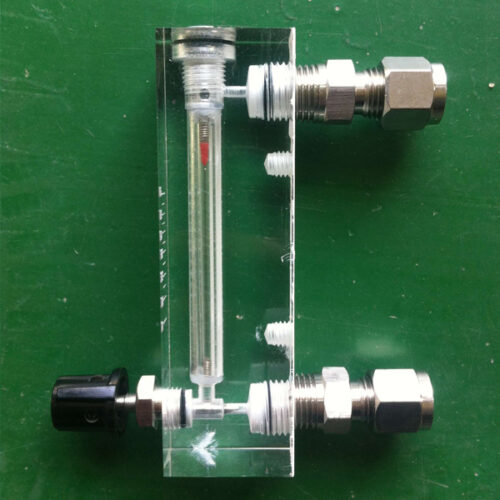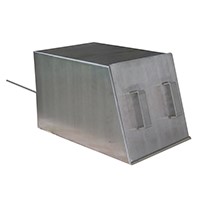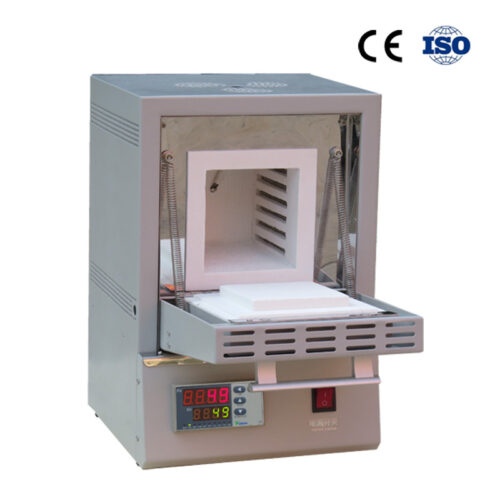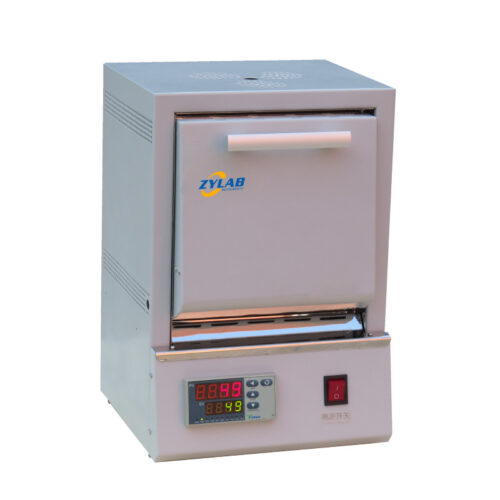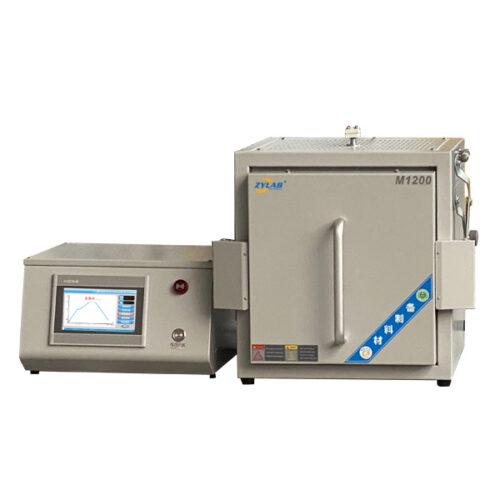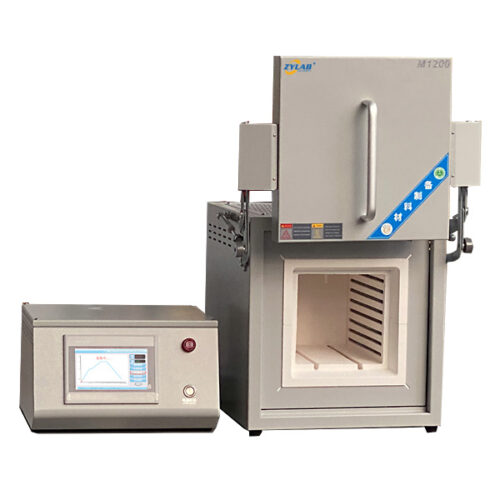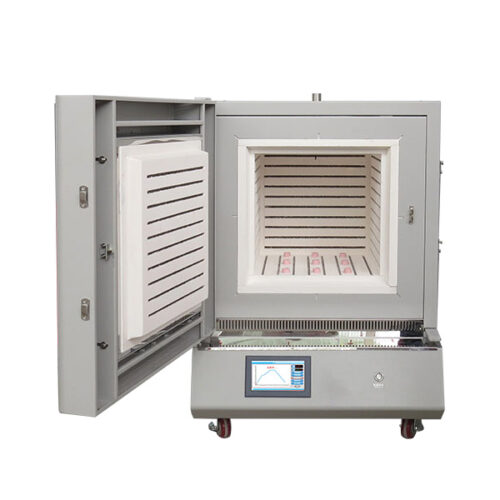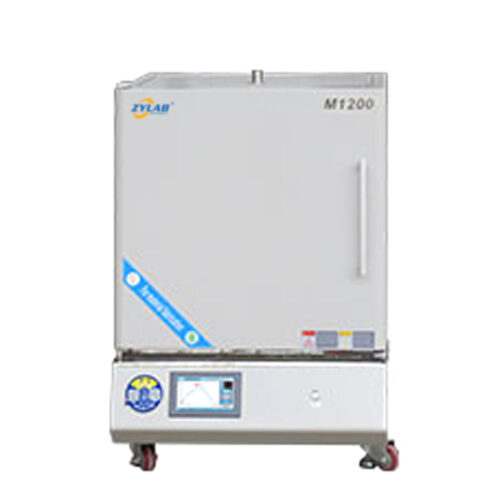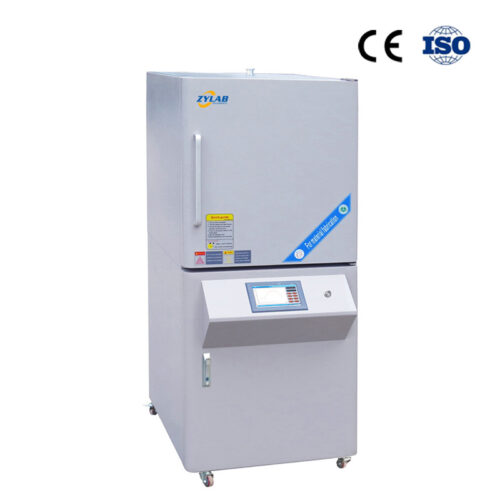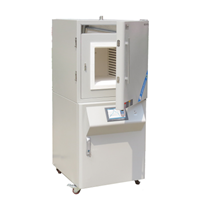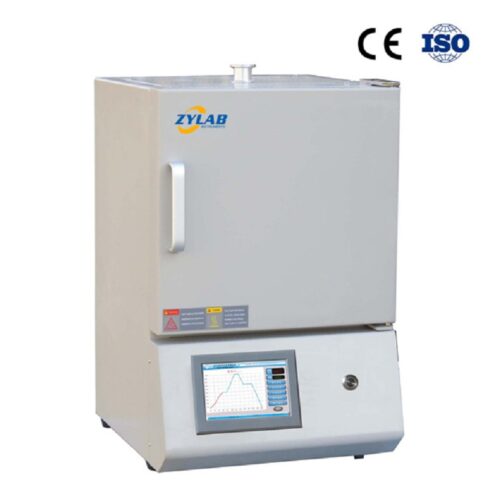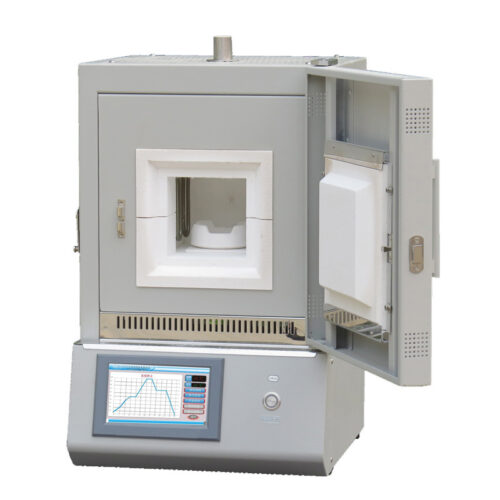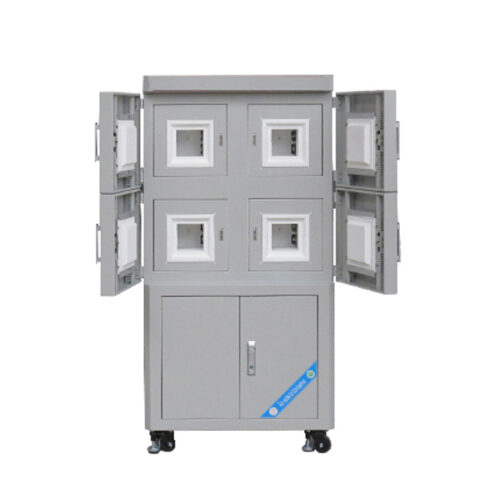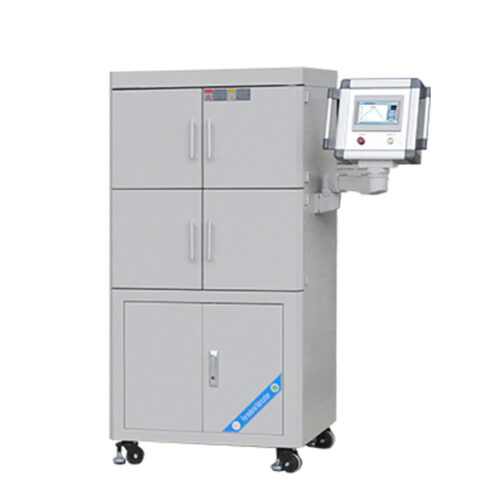Continuing Operating Temperature 1600.C Programmable Muffle Furnace Along All Standard Accessories
Introduction:
This 1600.C programmable muffle furnace adopts durable compact vertical structure, without auxiliary table, convenient operation.
The tilting angel of operating panel is 43, excellent user experiences.
The exquisite design gives people a smooth experience. The sintering curve that changes with temperature makes you clear at a glance and solves the problem of wrong curve setting. 15 sintering curves can be pre-stored to save the trouble of repeated modification, plus the classic style and touch screen graphic interface, making the operation of the device more simple. Reasonable heat dissipation design scheme makes the surface temperature of the furnace body always lower than 50.C under high temperature.
Features and Benefits:
1. Max. Temperature 1700C, working temperature 800-1650C.
2. Intelligent 7” color touch screen temperature controller, easy to operate, clear heating process; can store temperature curve to avoid the trouble caused by repeated settings of different experimental processes.
3. 51 segments programmable and auto control.
4. Ceramic fibre furnace chamber, to ensure a fast heating rate, and save power.
5. By using special lining import from Japan and heating elements made of pure type molydenum disilicide, products are protected against chemical contamination at the best and longer service life.
6.Double layers steel casing with fan cooling, to ensure the surface of furnace below 50C, safety for the operator.
7.With the exhaust device(an exhaust chimney in the top of the furnace), effectively remove volatiles generated during sintering
8.Easy to move casters, more convenient.
9. Low power consumable, exquisite structure and light weight, it is the ideal muffle furnace for material research labs, also used in factory production.
10. Furnace furniture can be customized to maximize the efficient use of space.(Optional)
Technical Parameters of 1600.C Programmable Muffle Furnace:
| Model | M1700-30IT |
|
Furnace structure |
•1800 type high purity ceramic fibre insulation (energy saving 40% and weight lighter about 30% than old furnace); • Double layers steel casing with fan cooling, to ensure the surface of furnace below 50.C. |
| Chamber size
(working space) |
300*300*400mm |
| Max. temperature | 1700 ℃(<1 hours) |
| Continuing Working temperature | 1600 ℃ |
| Intelligent Touch Screen
Temperature controller |
•PID automatic control and auto-tune function. •51 programmable segments for precise control. •Built in protection for over-heated and broken thermal couple. •7”Color Touch screen LCD man-machine English graphics interface, more intuitive and convenient operation.•Can store sintering programs to avoid the trouble caused by repeated settings of different experimental processes. |
| Heating rate | 0-20 ℃ /min |
| Thermocouple | B type |
| Temperature accuracy | +/- 1 ℃ |
| Heating element | M1800 high purity MoSi2 heating element |
| Working voltage | AC 208 – 240V, 50/60 Hz (as requirement) |
| Max. Power | 12 Kw |
| Dimension | 640(W)*1530(H)*900(D)mm |
| Quantity / Net weight | 1set / 240kgs |
| Warranty | 12 months(not including consumable parts, such as heating elements, thermocouple), lifetime support. |
| Certificate | CE, ISO9001 |
Which kinds of industry can use this 1600.C Programmable Muffle Furnace?
College & Universities, Scientific Research, New Materials, Chemistry, Medicine, Coal Mining, Metallurgy, Electronics, Ceramic, etc.
Applications:
A 1600°C programmable muffle furnace is capable of achieving higher temperatures compared to standard furnaces, making it suitable for a wide range of demanding applications across various industries. Here are some key applications:
Advanced Materials Research:
High-temperature processing is crucial for the development and characterization of advanced materials such as ceramics, refractories, and specialty alloys. The furnace enables researchers to study material properties at extreme temperatures, including phase transformations, crystallization, and thermal stability.
Ceramics Sintering:
Sintering is the process of compacting and forming ceramic materials using heat and pressure. The high temperature of the furnace allows for efficient sintering of ceramic powders, resulting in densification and improved mechanical properties of the final product.
Metallurgy and Heat Treatment:
In metallurgical applications, the furnace is used for heat treatment processes such as annealing, tempering, quenching, and brazing of metal components. These processes enhance the mechanical properties, microstructure, and performance of metals and alloys.
Powder Metallurgy:
Powder metallurgy involves the production of metal parts from metal powders through compacting and sintering processes. The high temperature of the furnace facilitates the sintering of metal powders to produce dense and structurally sound components with complex shapes.
Crystal Growth:
The controlled heating environment of the furnace is suitable for crystal growth experiments in materials science and semiconductor research. Researchers can use the furnace to create conditions conducive to the growth of single crystals for various applications, including electronics and photonics.
Thermal Analysis:
The furnace is used for thermal analysis techniques such as thermogravimetric analysis (TGA) and differential thermal analysis (DTA). These techniques involve subjecting materials to controlled temperature changes to analyze their thermal behavior, decomposition, and phase transitions.
Environmental Testing:
In environmental science and engineering, the furnace can be used for ashing and combustion analysis of organic samples, such as soil, biomass, and environmental pollutants. Ashing processes involve heating samples to high temperatures to determine their ash content and composition.
Quality Control in Manufacturing:
Industries such as aerospace, automotive, and electronics utilize the furnace for quality control testing of materials and components. It ensures the reliability, consistency, and performance of materials used in manufacturing processes.
Research and Development:
The furnace is an essential tool in R&D laboratories for conducting experiments, synthesizing new materials, and studying high-temperature phenomena across various disciplines, including chemistry, physics, and engineering.
Educational Purposes:
Educational institutions use the furnace to teach students about high-temperature processes, materials science principles, and laboratory techniques. It provides hands-on experience and practical training in scientific experimentation.
In summary, the applications of a 1600°C programmable muffle furnace span a wide range of industries and research fields, where precise control of high temperatures is essential for various processes and experiments.

